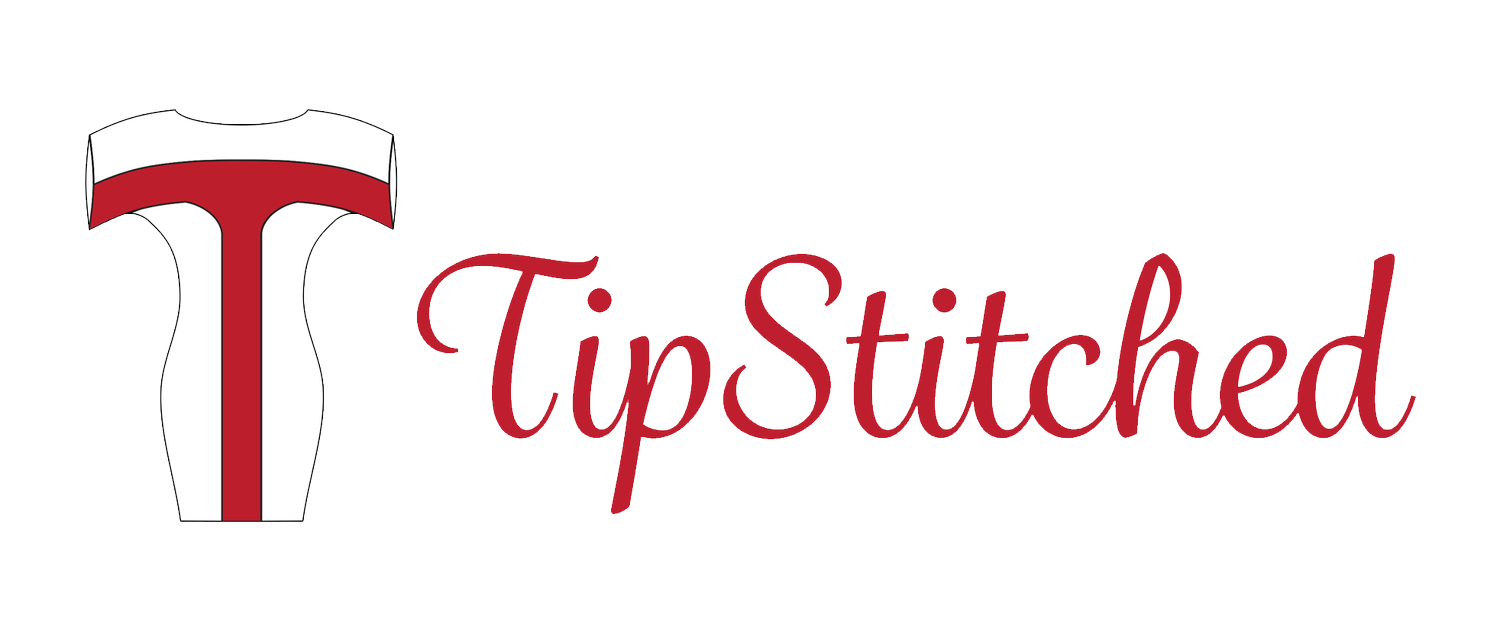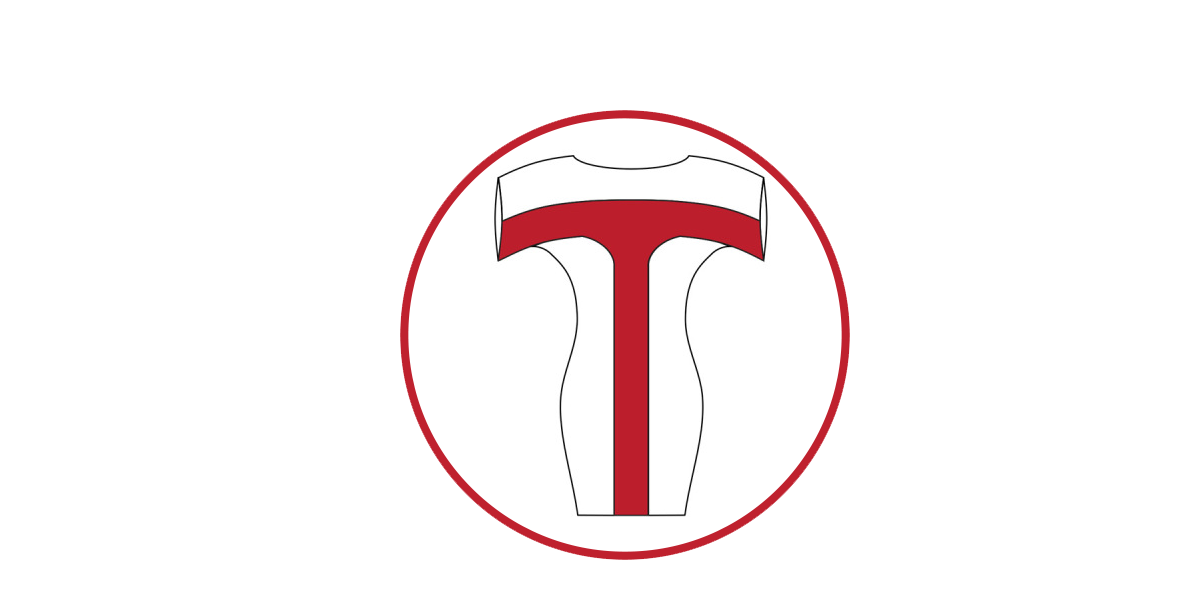My first pair of shoes!
Hopefully you read my last post on how, why and when I started my shoemaking journey. Now I want to share the process of making my first pair!
https://videopress.com/v/0Zgja0St?resizeToParent=true&cover=true&preloadContent=metadata&useAverageColor=true
Amanda, the owner/instructor of I Can Make Shoes, actually advises newbies to start with pumps (or as the British apparently call them - court shoes). And I totally understand why, that process takes you through most of what you'd need to make any slip on heeled shoe. However I decided to maximize my chances for a successful first attempt by making mules. Mainly I wanted to avoid the stiffeners that are required to reinforce the heel and toe, which mules lack.
Like I said in my previous post. I watched the entire intro and court shoe series before even ordering materials. I wanted to make sure I thought it was doable and have everything I needed on hand. There is also a series of videos on making mules which I watched to see what differences I needed to consider.
Let me take a minute to talk about all the tools and supplies I used for this project
I Can Make Shoes Online Masterclass course
High heeled lasts (Size 40) from I Can Make Shoes (ICMS)
Shoe component kit for high heels from ICMS
Aquilium 315 contact glue from District Leather Supply
Renia Colle de cologne from District Leather Supply
Renia Cork filler from District Leather Supply
An old leather skirt for the leather
sewing machine
polyester thread
https://videopress.com/v/uTj3QHLC?resizeToParent=true&cover=true&preloadContent=metadata&useAverageColor=true
The first thing I did was design my shoe and that's done right on the last. Think of it like draping fabric on a mannequin, you are making the pattern on the form. I covered the last in tape and literally just draw on what I wanted my shoe to look like. This in theory isn't that difficult as I was making mules and they aren't complex, though I will admit I considered the width and placement for a long time. (Spoiler alert: I wasn't pleased with my design, but hey I'm learning).
https://videopress.com/v/6Wl4YwAa?resizeToParent=true&cover=true&preloadContent=metadata&useAverageColor=true
Drawing my mule design
The remaining tape becomes the pattern
Once I had drawn my design I cut it off and created a pattern. Amanda talks you through all of this in the course as you do need to add lasting allowances, much like seam allowance in sewing. There can also be a need for darts and seams, for instance my mules have a center front seam.
I used the pattern I created to cut and sew the uppers and lining for my shoes. To continue the sewing refence just think of this as your main and lining fabrics. I then sewed the pieces together like any pattern. Much of this is similar to garment sewing; attaching pieces, trimming seam allowance, topstitching, etc. The extra step is the all the gluing involved.
https://videopress.com/v/TNGL814d?resizeToParent=true&cover=true&preloadContent=metadata&useAverageColor=true
I stepped away from the outers at this point and shifted focus to the insoles. As a beginner I used the premade insoles with shanks (which heeled shoes need for support) from ICMS because I new they would work with the lasts I purchased from them as well. Mzz Trzzzshared her process for making her own insoles on IG. I'm not sure I would ever do that, but it's an option. Regardless the insole needs to be cut to size and covered. I was able to alter the shape of my toe area because I was making an open toe shoe, if I wasn't I would've trimmed it to the size and shape of my last. Then I covered the toe bed and edges in leather and set aside to dry. There are many ways to cover the insole discussed in the course.
https://videopress.com/v/ePnyc1PG?resizeToParent=true&cover=true&preloadContent=metadata&useAverageColor=true
So up until this point the process had been time consuming, but pretty easy, thanks largely to my sewing background, but the lasting part was the part made me nervous. This is another reason I started with mules, closed toe or heeled shoes require lasting the lining and outer leather separately whereas with a mule you can last both together. Conversely the tricky part was remembering where I drew the pattern in the first place after taking the tape off to make the pattern. This is where I may have messed up a bit. (I don't have a good photo or video of this stage) The next step in to fill the bottom of the insole area to make a flat surface for the sole to adhere to. There are many ways to do this as well but I used cork filler. I let the filler dry overnight.
https://videopress.com/v/JzZauF2R?resizeToParent=true&cover=true&preloadContent=metadata&useAverageColor=true
I added a bit more cork filler to the grading down towards the toe and heel.
Covering the heel was easy though it does involve quite a bit of wait time for the glue to dry. I could also definitely use some practice trimming the excess off. Thankfully that 'seam' is hidden under the shoe.
This is me testing how the final product look! It was starting to look like a shoe.
Okay we're almost there! The soling was next and was what I'd been fearing the whole time because you only get one chance to get it right. For that reason drafting the pattern for the sole is a really iterative process of small adjustments. I didn't record any of this, but I think I did a pretty good job. I'm sure using black soling to match the black shoe helped to hide imperfections. After the soling is done I attached the heel. This requires a drill and some small screws, but wasn't difficult. The hardest part is holding everything together while trying to drill. (no pics of this either sorry)
The last step (whew!) was the liner on the insole. This has to be done last because this covers the screws that attach the heel. I used a bit of foam and the same recycled skirt leather for this part. I think I did it right, but this leather has sort of a white underside that shows through a bit. Still I am please that I made shoes, so here they are!
Are they perfect? Absolutely not! Am I proud that I finished them and they fit? Heck yeah!
I am often pretty hard on myself as I can be a perfectionist. I still remember my disappointment when my very first sewing project was a flop. I was so upset and deflated. My husband asked "Why did you think it would be perfect? You've never touched a sewing machine before." and I replied "Because I followed the directions". He thought I was crazy and in that instance I sort of was. So I promised myself I wouldn't be upset with myself if these shoes weren't perfect and to instead choose to be proud if I actually finished them. If I look back on that first sewing project I can see the growth and one day I'll look back on these shoes and think the same.
I'm looking forward to making another pair and getting better. For my next pair I'm torn between using what I just learned about mules to make another pair with some modifications, making the course recommended pumps or thrifting a pair of wedges to remake into a sandal. Eventually I want to do all three I'm just not sure which will be next, so stay tuned. I have so many ideas!











